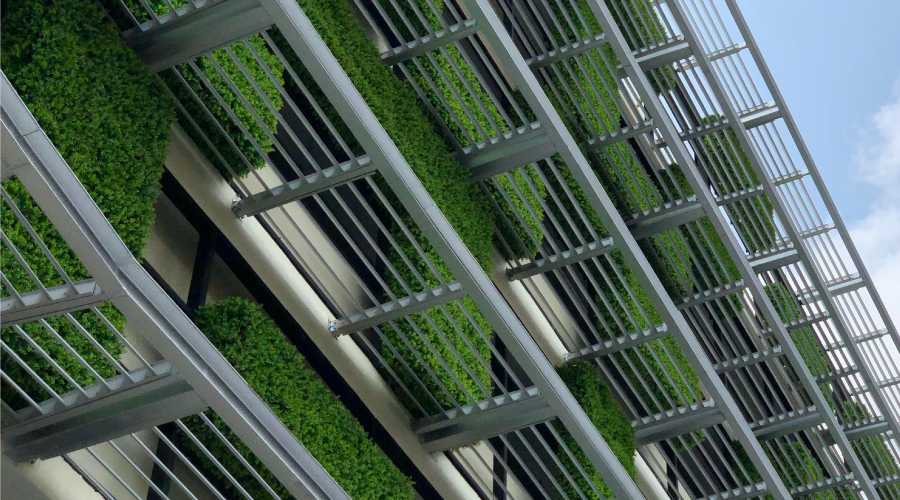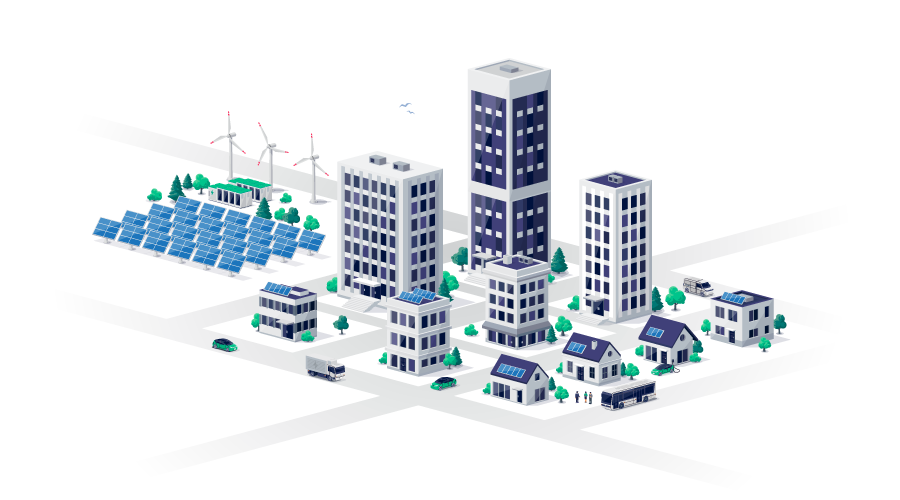Mobile Technology, Natural Lighting as High-Performance Tools
As part of creating a reduced footprint for high performance, many companies are evaluating the impact of more sophisticated and robust mobile technology on productivity. Most workers are now armed with tools that enable them to be highly productive both in and out of the office — and some types of employees may be more productive as remote workers outside the office environment. Another potential high—performance tool is natural lighting.
The companies evaluating mobile technology and productivity are leveraging the new dynamics by creating corporate human resources policies that support a mobile work force and adapting the workplace environment to rethink the traditional office; for example, smaller touchdown spaces and shared workstations can accommodate mobile and flextime workers. From a sustainability perspective, this design strategy also reduces the overall footprint demand and associated energy costs — and lessens the environmental impact by minimizing vehicle emissions from daily commuters.
Numerous studies have evaluated the pros and cons of remote working. Many companies cite a compelling cultural need to maintain a typical one—seat—to—one—worker policy, maintaining that in order to properly mentor and train staff and to reinforce the concept of teamwork, it is essential that all employees be present. Notably, Marissa Mayer, the CEO of Yahoo, abolished that company’s work—at—home policy in 2013, stating in a memo that “face to face interaction among employees fosters a more collaborative culture.” Her move caused many companies to pause their efforts to initiate a mobile work policy.
Other companies, however, have conducted a more careful analysis of how their employees work. For example, accounting and sales firms recognize that employees are most productive outside the office calling on clients, and have launched a variety of mobile work initiatives that suit the needs of various jobs — reducing their workspace square footage as a result. According to a study conducted by the non—profit research organization Families and Work Institute, only 34 percent of U.S. companies in 2005 allowed remote work. That number grew dramatically to 63 percent by 2011.
Natural Lighting
In addition to reducing (or eliminating) private offices, most companies are now revisiting what, if anything, is built along the perimeter of windows in their offices, as well as the panel heights of workstations. Companies have begun to realize that the presence of natural light and the access to views dramatically increase the overall vibrancy of the workspace. Beyond simply creating a more cheerful atmosphere, studies by researchers at Northwestern Medicine and the University of Illinois at Urbana—Champaign have linked greater access to natural lighting in the workplace to better sleep patterns and more overall physical activity. There are clear, documented health benefits to giving people access to natural lighting and views at work.
For companies set on maintaining the status quo of private offices along the window line, many facility managers have incorporated glass office fronts to these spaces — a design choice that not only preserves the volume of natural lighting within a space, but also strips away psychological barriers and creates a greater spirit of transparency and teamwork.
From a sustainability perspective, there are even more benefits to increasing the volume of natural lighting within an office environment. The U.S. Green Building Council has stressed the importance of daylight and natural views in its guidelines, and offers LEED points for achieving it (EQ Credits 8.1 & 8.2). Savvy companies take advantage of the increase in natural light by installing daylight harvesting controls that automatically adjust the brightness of lighting in response to the sun — a measure that saves energy and money.
Between the increase in productivity and the net savings on energy, most companies today are readily embracing the design decision to place conference rooms and meeting areas along the window line and to lower panels for workstations in the core. To the worker, this change also represents a shift in culture and reinforces the concept of teamwork and collaboration. This workplace paradigm fits nicely into the team—focused environment in which, it has been well documented, the Millennial generation thrives.
Related Topics:













